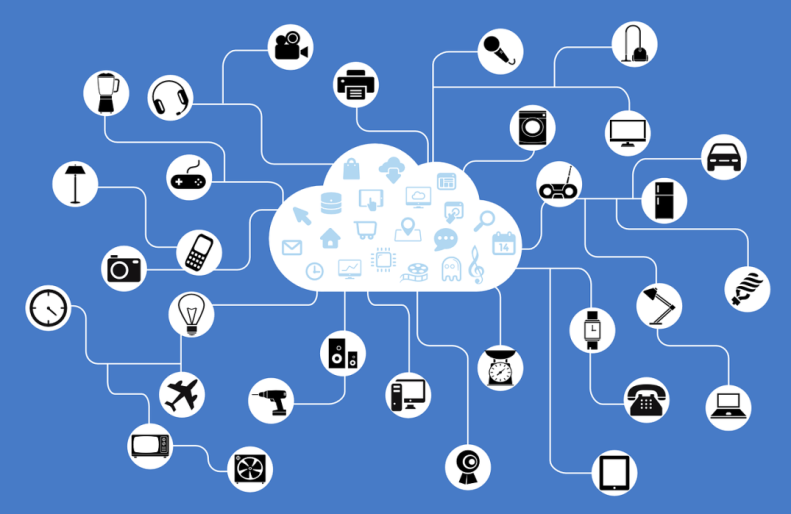Cybersecurity and the Internet of Things
October 24, 2018“We are all now connected by the Internet, like neurons in a giant brain,” said the late great Stephen Hawking, and boy did he have it right. Thanks to the Internet of Things our level of connection isn’t limited anymore to just when we choose to go online.
The Internet of Things or IoT technology includes most cloud enabled products, like the GPS in your smart car or your Amazon Alexa, but connection to the Internet of Things is quickly becoming a given for emerging technology in our digital world.
Baby monitors, door bells, wireless speakers, smart watches, medical alert devices, and even some clothing are starting to incorporate IoT connectivity. According to Peter Middleton, research director at analytics company Gartner, "The growth in IoT will far exceed that of other connected devices. By 2020, the number of smartphones, tablets and PCs in use will reach about 7.3 billion units. In contrast, the IoT will have expanded at a much faster rate, resulting in a population of about 26 billion units at that time."
Across a wide spectrum of industries, companies are eager to harness the capabilities – and, in many cases, the potential cost savings – that come with an IP address. Unfortunately, for all of the benefits that IoT technology affords both companies and users it also comes with some major security risks. All of these connected devices are using the internet, but that means that they are also accessible via the internet. There’s a wide-open back door for cyber criminals to step in, and security for IoT devices hasn’t been able to catch up with their increased production and popularity.
Back in 2015, Capitol’s Dr. Jason Pittman predicted, “The single most pressing area over the next five years will be low-powered, embedded devices. These devices will accelerate in their penetration into daily life because of the huge benefit to society. I’m talking about devices such as networked vehicle controllers, as well as wearable high-mesh household controllers. The result will be a dramatically increased attack surface.”
Although developing appropriate security for IoT enabled devices will be challenging, there are initiatives already underway to try to secure some of our most critical infrastructure. The federal government is making a push towards securing IoT devices, as noted by Capitol’s chair of Cybersecurity, Dr. William Butler. Dr. Butler recently explored the need for global action towards greater cybersecurity measures and had this to say about action from the federal government, “The Underwriters Laboratories cybersecurity division has initiated the test and certification program for IoT products. This is a welcome move that can address the ever-growing cyber threat to our critical infrastructure… Certifying these devices prior to deployment into our critical infrastructure will help seal off many of the vulnerabilities that are being exploited today.”
Taking pre-emptive measures towards securing IoT enabled devices is also something that can be done by the companies producing them. “The current issue with cybersecurity from a management perspective is latency in incorporating security from the beginning and failure to invest in cybersecurity talent and technologies,” says Capitol professor Emily Darraj. “The view needs to change where cybersecurity is included at the inception of an IT project, end-to-end to decommission of said project.”
With IoT devices here to stay, companies at home and in the global community need to take cybersecurity seriously as we move forward. Society is traveling quickly towards a world of deeper convenience and connection thanks to the Internet of Things, let’s all do our part to make it a safe world too.
To learn more about how you can do your part to stay safe online visit the National Cyber Security Alliance here. Want to become a cyber warrior yourself? Check out Capitol’s programs here.




